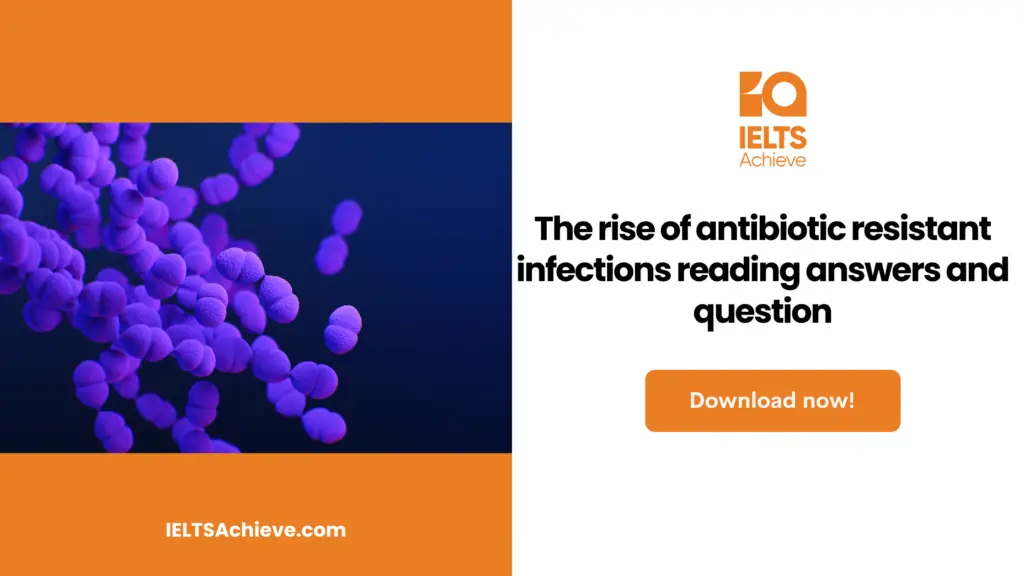The Blog post contains the following IELTS Reading Questions:
- IELTS Reading True/False/Not Given
- IELTS Reading Multiple Choice Questions
- IELTS Reading Diagram Labelling
Stay informed and prepared for success – Explore our comprehensive Reading Test Info page to get valuable insights, exam format details, and expert tips for mastering the IELTS Reading section.
IELTS Reading passage –An Essential Intermediary

An Essential Intermediary
There is a strange irony about the blue whale. With fully grown adults reaching up to 30 metres long, and weighing in at almost 200 tons, it is not only the largest animal in the world, but also the largest to have ever existed. Yes, not even the most imposing of the dinosaurs from the Jurassic era can match this sleek streamlined aquatic mammal in scale. So, where is the irony? It lies in the fact that this huge beast feeds primarily on one of the smallest life forms in the oceans, a tiny crustacean known as krill.
Krill live in every ocean of the world. They thus come in many varieties, although all sporting a similar shrimp-like appearance, with an exoskeleton divided into three parts, and with two large antennae at the front, and pairs of legs running down the underside. These creatures are distinguishable from shrimp by their gills, which are externally mounted, and resemble rows of fibrous combs alongside their bodies. Another oddity is that their exoskeleton is usually transparent. This, and their small size, lead to the deceptive conclusion that they are an insubstantial presence, of little importance, until one is informed that an adult blue whale can consume almost 40 million krill, with a total weight of 3,600 kilograms, in just one day.
It is this, their huge numbers, which makes these mysterious ghost-like crustaceans so important. Just looking at one species, the Antarctic krill, their collective weight (or bio-mass) is estimated to be about 500 million tons. Putting this another way, that is over twice the weight of all human beings currently on Earth. Some scientists estimate that, each year, as much as half of this is eaten by whales, seals, penguins, squid, and fish, illustrating that krill constitute an enormous food resource for other animals. The question is whether humans can get in on the act.
Antarctic krill are the largest species, at six centimeters. Most other species are about two centimeters, and this makes them awkward to catch. Very fine fishing nets are needed, but these are difficult to drag through the water, quickly clogged, and easily broken. In addition, when lifted in large piles, the delicate krill crush each other, forcing out their internal fluids. They must also be peeled due to the dangerously high levels of fluoride in their exoskeleton, and finally, they must be quickly prepared and frozen due to the strong enzymes in their gut, which would otherwise cause rapid putrefaction. It is problems such as these which have limited processed krill to being mostly used as fish food in aquariums or aquaculture, or bait in commercial fishing operations, but otherwise very much out of the public’s mind.
Seafood-loving Japan is the only country in the world in which some krill end up on the table. The boiled, peeled, then frozen tail-meat is sold on the market, and there is some lower-grade krill-paste used as a food flavouring or colouring agent. These products originate from the small North-Pacific krill, yet it is the large Antarctic species which would seem to offer the best commercial prospects, and perhaps a more appetising meal. The majority of krill trawlers thus target the waters around coastal Antarctica, but it is a remote region, subject to harsh weather conditions, making operations there difficult and expensive, as well as raising issues of the ecological consequences, especially given the importance of krill as the basis of the food chain in that pristine and untouched environment.
Yet to explore this food chain fully, one must go smaller still. Krill themselves are filter feeders, using very fine comb-like appendages on the front of their bodies to extract microscopic organisms known as phytoplankton. These live in almost every body of water in the world, but only in the well-lit surface layers, since these organisms need exposure to sunlight, from which they obtain their energy. In the same way that plants on land are ultimately the basis of all food chains there, so too are phytoplankton in the oceans. Since krill exist in such large numbers, logically then, their primary food source must be even more numerous. There is, in fact, so much phytoplankton that their collective photosynthesis accounts for up to half of the oxygen produced in the world.
However, as with krill, the vast numbers of phytoplankton live unnoticed and unobserved. Their presence can only be indirectly deduced when they are pressed together by currents, where there can be correspondingly high concentrations of krill feeding on them. This can similarly result in the usually solitary blue whales being found together, and revealing one of the most remarkable and elusive food chains in nature: from phytoplankton, to krill, to the blue whale. In other words, from the tiniest elements in nature, in two short steps leading to a mighty and awe-inspiring leviathan of the deep, the largest animal that has ever existed. And the small ghostly krill are the essential intermediary in this wondrous process.
Unlock your full potential in the IELTS Reading section – Visit our IELTS Reading Practice Question Answer page now!
Recommended Questions:
Renewable Energy IELTS Reading Question with Answer
Questions 1-4
Do the following statements agree with the information given in Reading Passage One?
TRUE if the statement agrees with the information
FALSE if the statement contradicts the information
NOT GIVEN If there is no information on this
1. Some dinosaurs were bigger than the blue whale.
2. The blue whale does not only eat krill.
3. Some krill are smaller than shrimp.
4. There are about 500 million tons of krill in the ocean.
Enhance your skills in identifying information as True, False, or Not Given. Click here to discover expert strategies and techniques for mastering this question type in the IELTS Reading section.
Questions 5-9
Complete the diagram. Choose ONE WORD from the passage for each answer.
Ready to tackle Diagram Label Completion tasks with confidence? Click here to access our comprehensive guide and learn how to accurately label parts or components of diagrams in the IELTS Reading section.
Questions 10-13
Choose the correct letter, A, B, C, or D.
10. Fishing for krill is
A not too difficult.
B mostly done in Antarctic waters.
C mostly done in Japanese waters.
D done with large fishing nets.
11. Krill
A move like ghosts.
B are processed soon after capture.
C are mostly used for human consumption.
D come in two varieties.
12. Phytoplankton
A outnumber krill.
B produce over half of the oxygen in the world.
C can be seen with the naked eye.
D can live anywhere in the ocean.
13. Blue whales
A are a very large species offish.
B can weigh 200 tons.
C prefer to be alone.
D are in the middle of a food chain.
Ready to improve your performance in Multiple Choice Questions (MCQs)? Click here to access our comprehensive guide on how to tackle MCQs effectively in the IELTS Reading section.
Unlock your full potential in the IELTS Reading section – Visit our IELTS Reading Practice Question Answer page now!
Recommended Questions:
Renewable Energy IELTS Reading Question with Answer
Answer:
1. False
2. True
3. Not Given
4. False
5. Transparent
6. Fluoride
7. Enzymes
8. Gills
9. Phytoplankton
10. B
11. B
12. A
13. C

We hope you found this post useful in helping you to study for the IELTS Test. If you have any questions please let us know in the comments below or on the Facebook page.
The best way to keep up to date with posts like this is to like us on Facebook, then follow us on Instagram and Pinterest. If you need help preparing for the IELTS Test, join the IELTS Achieve Academy and see how we can assist you to achieve your desired band score. We offer an essay correction service, mock exams and online courses.

